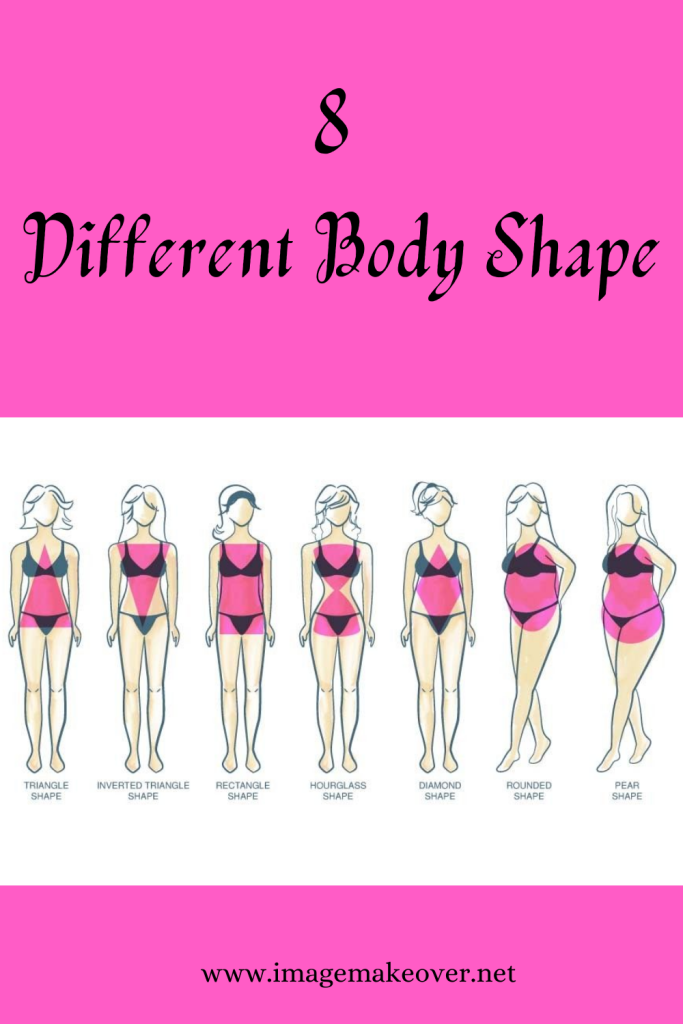
Hi Everyone
This is my second post for #BlogchatterA2Z challenge, where in I am going to share about A2Z of Image Management.
Looking attractive is the basic human need. What you wear is not that important than but how you wear. So that’s when the need of body shape evaluations comes into picture. If a person wear what suites them, that is what makes them attractive. There are eight different body shape: Ideal type, triangular type, Inverted triangle type, rectangular type, Hourglass type, diamond type, Tubular type and Rounded type. Each of these body shapes has their own characteristics which defines them and differentiate each other. Once a person understand what body shape he or she has, it becomes easier to understand what kind of clothes suit them and which all to avoid, they can choose appropriate colour, texture, style and pattern which suit their body, They can create an attractive and ideal look for various occasion with right message and can save their time, money and effort in shopping for right clothes. No matter what the fashion trends, you are smart to select and wear only those degree of fit that flatter your body and its variation, and that focuses attention where you want it to be.
Every body is unique and few ideal figures existing. Virtually every figure has some figure variations , variations from that so called ideal figure used as a standard for comparison. It does not matter how many people have a particular figure variation. You need to recognize the variation and know how to dress or alter to camouflage or minimise it.
A few specific figure variations occur in typical combination, those having to do with horizontal width or the size of the shoulders, bust, waist, hips and thighs- combinations so typical that we tend to recognize the stereotypical shapes and give them names. Typical horizontal body shapes are often called figure types. They define how body shape parts relate proportionally to one another and to the total figure.

Ideal Figure Shape: (only for women) : They are average in weight, appear similar in width in the shoulders and hips with medium bust size and a small waist. They have a slightly curved abdomen, moderately curved buttocks and slim thighs.
Triangle Figure : They are narrower in the shoulders and wider in the hips/thighs, with a low hip curve. They are often smaller in the bust or chest or chest and waist, narrower in the back and rounder in the buttocks. They have longer torso and shorter legs.
Inverted triangular figure: They are wider in the shoulders and narrower in the thigh/hips, with a high hip curve. They are generally larger in the bust or chest, wider in the back and flatter in the buttocks. They have shorter torso and longer legs.
Rectangular figure: They are average to above average weight range from their height. They are similar in width in the solders, waist and hips/thighs. Their is little to no defined waist. Body line generally appears straight.
Hourglass figure: Have full -rounded body lines with proportionally bust, hips and buttocks and a proportionally small waist. Emphasis is on bust and buttocks but may shift quickly to the contrast in size in the waist.
Diamond figure : They are wiser in the midriff and waist area, narrower in the shoulders and thighs/hips, with a high hip curve and slim legs. The bust and chest is often smaller and the buttocks flatter. Emphasis in on the waist area.
Tubular figure : They are slim to thin and below the average weight range for their height with generally straight body lines and bony angles. They generally few to no obvious curves.
Rounded figure: They are generally above the average weight range for their height. Being larger throughout the figure, body lines are fully rounded curves, with line movements in horizontal directions ans emphasis on width.
Body shape also vary vertically from top to bottom. The figure may have a proportionally shorter head, torso area and longer legs, or longer head, torso area and proportionally shorter legs. Within the torso itself, the upper torso may be proportionally shorter and the lower torso longer here the figure has high waist. The upper torso may instead be proportionally longer and the lower torso shorter in that case the figure has a low waist.
Remember:
- Stop referring to your body as having figure problems, faults, flaws, defects, liabilities and abnormalities. These words are self defeating from the start.
- Be kind to yourself and more correctly call them figure variations.
- Ignore those social and cultural influences that causes you to feel dissatisfied with your body.
- You don’t have figure problems rather you have fitting problems. And fitting problem can be solved with the art of dress, and illusions in line, shape, colour, fabric and pattern.
Accept those features about your figure you cannot change and make them part of your individual beauty.Then change what you can and you will learn to camouflage or counter what you can to enhance your figure. This is a wonderful growing experience that leads to self-acceptance and self-appreciation.
This post is written for #BlogchatterA2Z challenge.
@Swati Mathur


